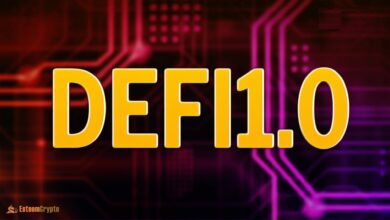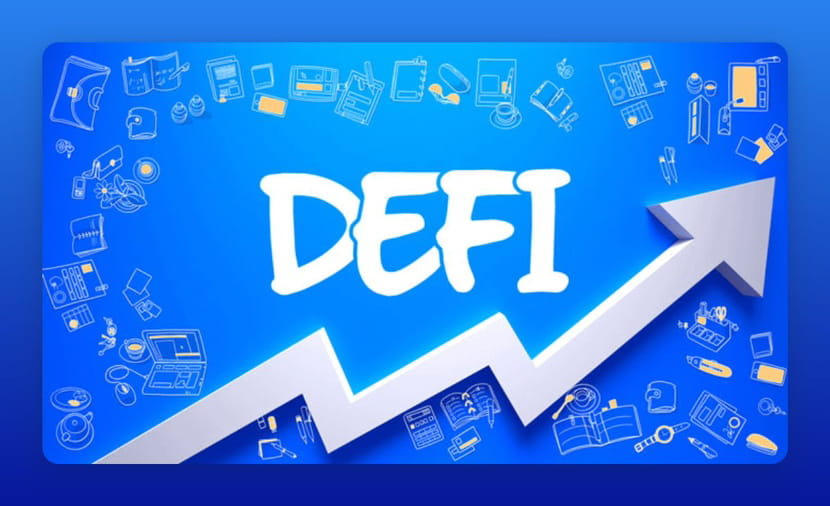Starting Decentralized Finance(DeFi): A Guide By Esteemcrypto
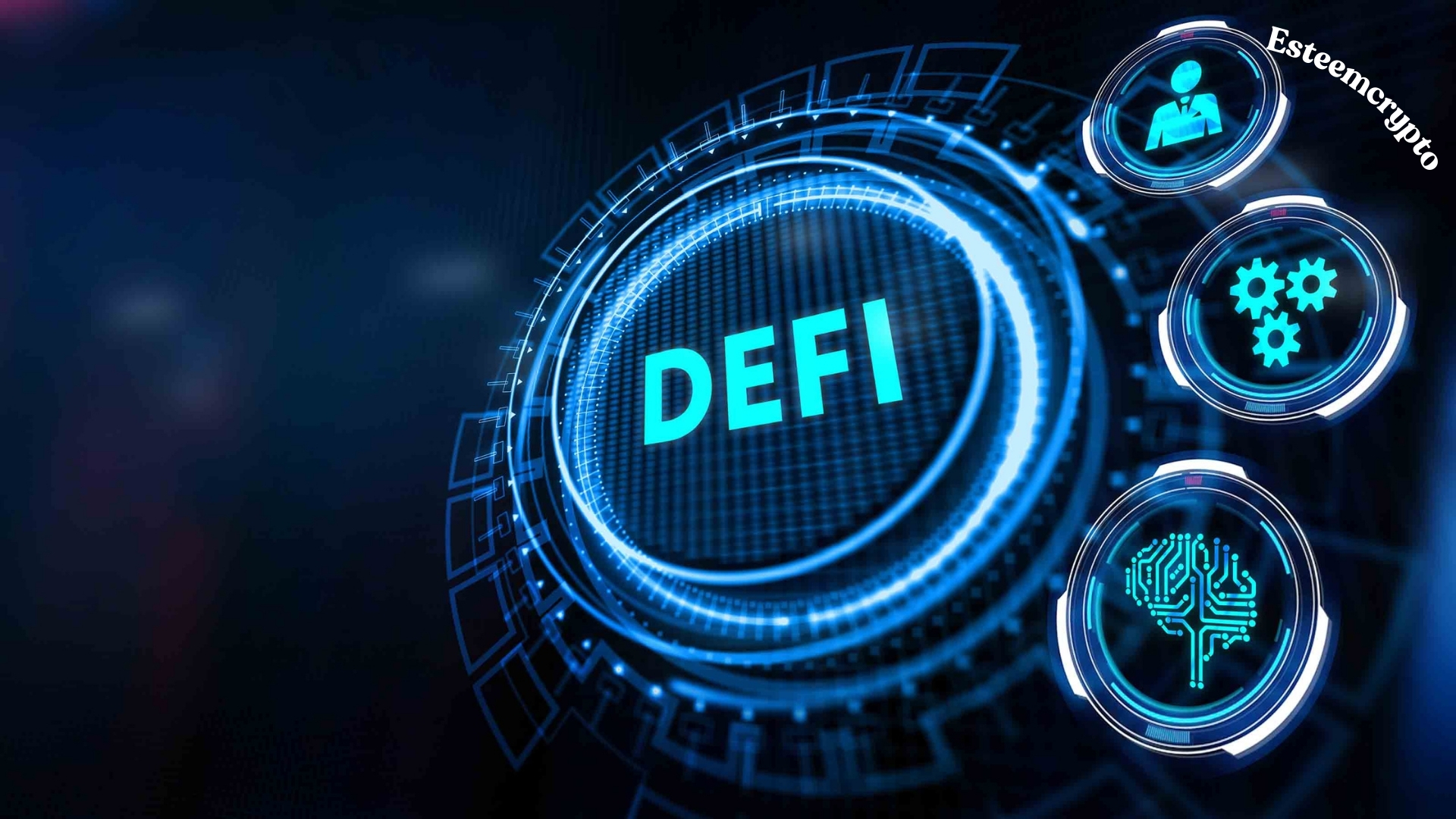
Starting Decentralized Finance(DeFi). Within the Bitcoin industry, there is a subset known as decentralized finance (DeFi) that aims to provide financial services that are not centralized. It is comprised of a wide variety of developer-made financial services that are accessible to everyone. Since groups of individuals operate these services through decentralized organizations, users have more control over their funds, setting them apart from centralized alternatives.
New decentralized and non-custodial financial services are introduced weekly in the DeFi industry, a hive of innovation. These services are accessible to everybody at any time, from any location.
Worldwide, according to statistics compiled by the World Bank, an estimated 1.7 billion adults did not have a bank account in 2017. Because there are no barriers to entry for financial services using DeFi protocols, anyone can use them. It boils down to a lack of knowledge being the sole obstacle to admittance.
Ensuring that financial services are accessible to everybody, the DeFi ecosystem is built on top of public distributed networks and leverages smart contracts and agreements written into code that self-execute.
How to Use DeFi Protocols?
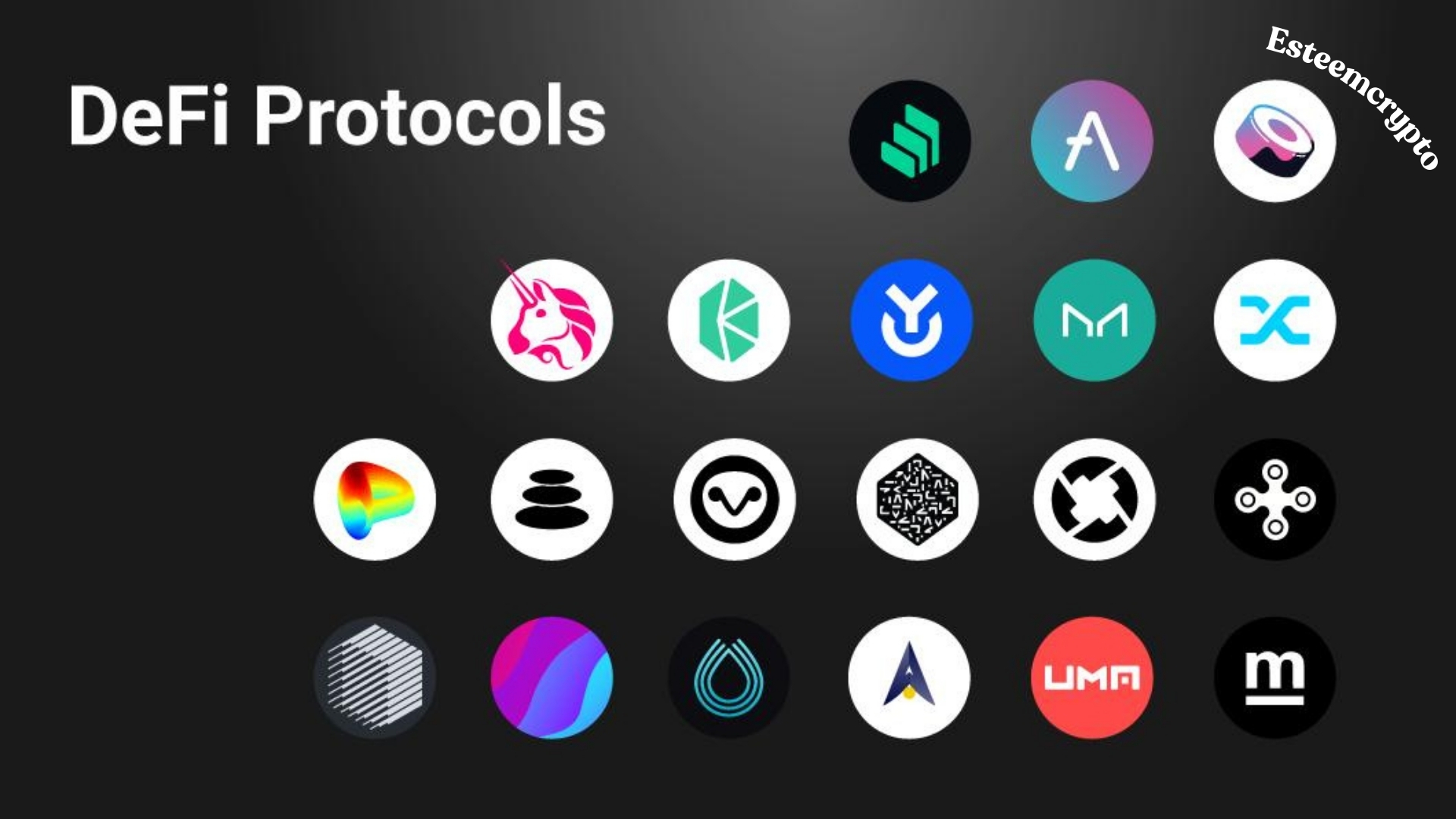
Most DeFi protocols are based on Ethereum or Binance Smart Chain, two of many competing blockchain networks that offer smart contract compatibility. It is essential to select a network before opting to utilize DeFi services. Most main protocols support several blockchains; however, transaction prices and usability vary. MetaMask and other wallet extensions simplify moving between networks by tweaking a few parameters.
These wallet extensions let users access their funds instantaneously in their browsers. One install is like any other plugin, although users are usually asked to import a current wallet. Using a seed phrase or private key or establish a new one. For increased security, they have two passwords. Some web browsers include these wallets.
Mobile apps for DeFi efforts are also available in these wallets. These apps communicate with other DeFi apps via wallets and browsers. Users can import a wallet from one device to another using the seed phrase or private key to sync their wallets.
Many mobile apps use the free and open-source WalletConnect protocol to simplify things for users. This protocol lets clients link their wallets to DeFi desktop software by scanning a QR code. This experimental region has several hazards; therefore, I should warn you that Exit scams, rug pulls, and bogus ventures are frequent, so investigate before investing.
Taking further security precautions will help you avoid these scams: Determine whether the projects have undergone audits. You can usually find out if a project has been audited by searching for the project name with “audits” on Google. However, it may take some digging to find out for sure. In addition to discouraging malicious actors, audits help identify possible security holes. Poor projects probably won’t bother to have audits done by respectable companies.
Buying crypto
Cryptocurrencies such as Ethereum (ETH) ($2,913), Polygon (MATIC) ($568), Binance Coin (BNB) ($568), and others have their native tokens that are identified on exchanges. To move money around on these blockchains, you’ll need some of the native tokens that are used to pay for transactions. You can purchase these native assets alone before diving into DeFi or combine them with stablecoins or additional assets.
Once you’ve purchased funds on a centralized exchange, you’ll need to transfer them to a wallet compatible with that network. Make sure you use the correct network before withdrawing funds to avoid moving them to the wrong one.
On some exchanges, you can send Ethereum to the Binance Smart Chain or Bitcoin (BTC) to an Ethereum address. You can use the tokenized Bitcoin or Ethereum that you withdraw from those networks in DeFi. Selecting a network with minimal transaction fees when using DeFi. Protocols are crucial, as each transaction must be manually approved and costs money.
What are DeFi services?
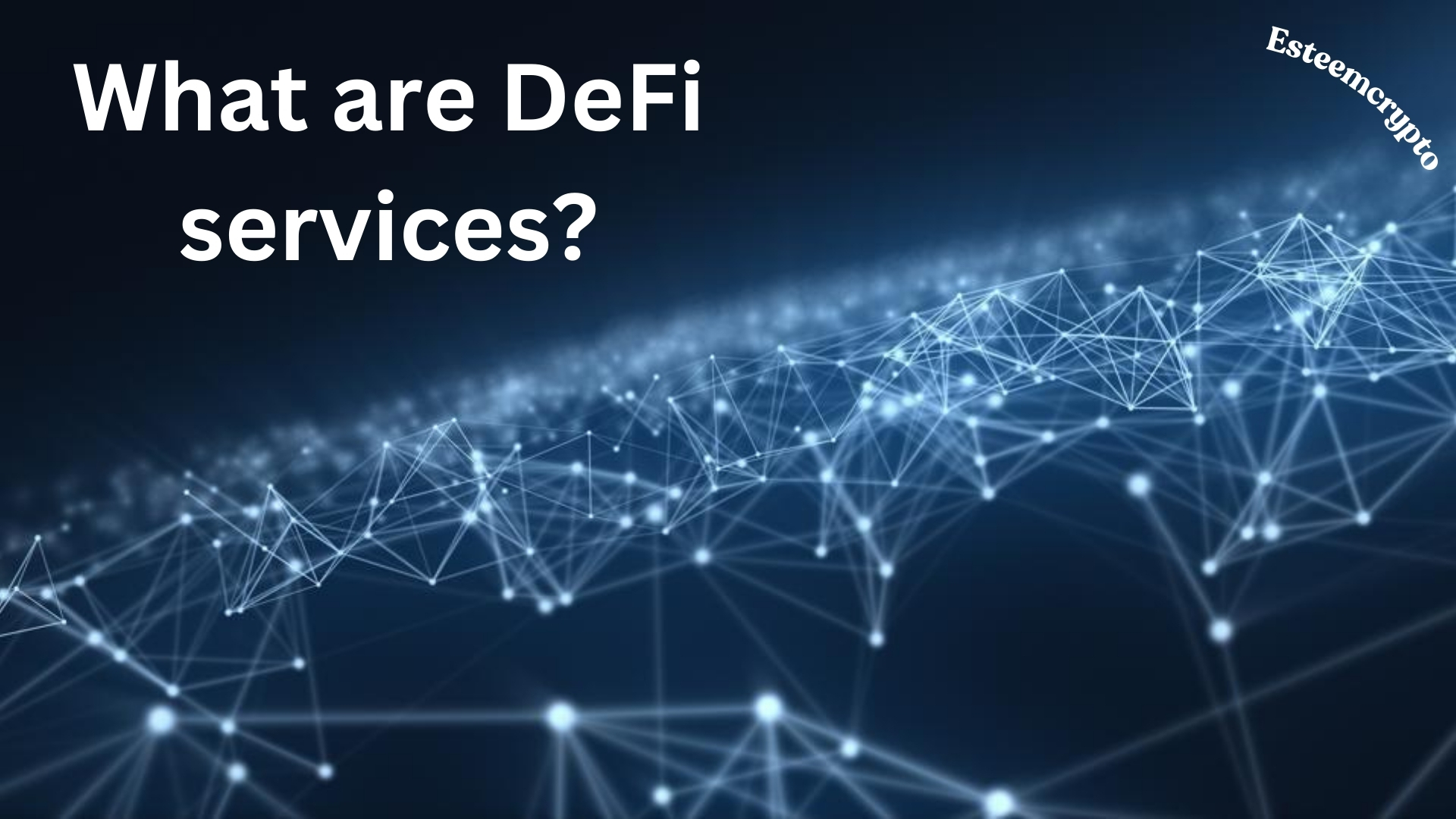
It is possible to begin utilizing DeFi services after choosing an app to engage with and adding funds to a wallet. Using a decentralized exchange (DEX) to trade, providing liquidity in exchange for fees, or a lending protocol to lend funds would be the easiest options. Instead of reviewing each project review, I’ll give you a rundown of the products and services, and you should think about them before employing them. There are hundreds of options.
All it takes to begin using a wallet that is compatible with tools is to visit their websites and link your wallet to them. You can accomplish this in one of two ways: epening a new one or clicking the “connection I” n the top right corner of the website.
When you connect your wallet, it’s the same as “logging in” with your account; this time, you use your wallet, and this time, you dress. For the DeFi protocol to access your wallet and facilitate token lending, borrowing, or trading, you must enable each token separately. There is a nominal charge for this connection procedure.
DeFi Makes Crypto Work for you
Though there are many o.. offerings in the DeFi space, it’s vital to remember that the inrememberinked and modular, so complicated tactics to boost yields are. Conceivable, a flaw in one protocol could cause losses in another. On the other hand, the lack of trusted thirDeFi’s primary benefit is d parties DeFi’s primary benefits are managed by DAOs rather than centralized enterprises; anyone can examine the code created for these protocols’ smart contracts.
Lending
Without intermediaries, DeFi protocols aim to facilitate convenient lending and borrowing of cryptocurrencies. As a result of market forces like supply and demand, interest rates change over the years. Most procedures mandate that borrowers overcollateralize their loans to protect lenders from potential losses caused by market volatility.
Consider a user who has an immediate need for $1,000. They might have to liquidate their Bitcoin or Ethereum assets to get the funds if DeFi doesn’t come through. For instance, with DeFi’s lending services, they can borrow $1,000 in a stablecoin by depositing $1,500 worth of BTC into a protocol. Paying back the loan plus interest allows them to fulfill their obligation without jeopardizing their Bitcoin holdings.
If the value of their collateral decreases below $1,000 due to a steep decline in the price of Bitcoin, the smart contracts implemented by. The DeFi protocol will liquidate the coins to repay the lender. If the value of Bitcoin increases while they pay back the loan, it is a. Wise decision because they do not lose out on any potential gains.
Liquidity mining and yield farming
Among the most prominent DeFi protocols are decentralized exchanges. Automated market maker (AMM) models use smart contracts to conduct trades on the blockchain, as opposed to order-bo instead centralized exchanges.
Assets in a trading pair are included in pre-funded liquidity pools, which replace conventional order books in the concept. People who participate in these pools make their money when other people trade on their pairs, and they get a percentage of the profits. Users can profit from only adding liquidity to these pools; this practice is called liquidity mining.
Temporary loss is one of the unique dangers associated with liquidity mining that isn’t present with lending. Liquidity providers incur a temporary loss when they must deposit the. Two assets in a trading pair into a liquidity pool alongside ETH and stablecoin DAI, for instance. The liquidity provider incurs a temporary loss because they now possess less Ethereum (ETH) even though its value increased. This happens when the amount of one asset in the pool, in this example, decreases due to the execution of trades.
The loss will not last forever because the asset’s value may rise to its initial pooling price, and the fees earned may eventually cover the cost. However, this risk must be taken into account. Distributing the governance token of a DeFi protocol is a common addition to liquidity mining. A practice known as yield farming occurs when some protocols gradually issue governance tokens to all users that engage with them. It has grown to include most of the main DeFi protocols, beginning with COMP, the governance token of Compound.
Asset Management
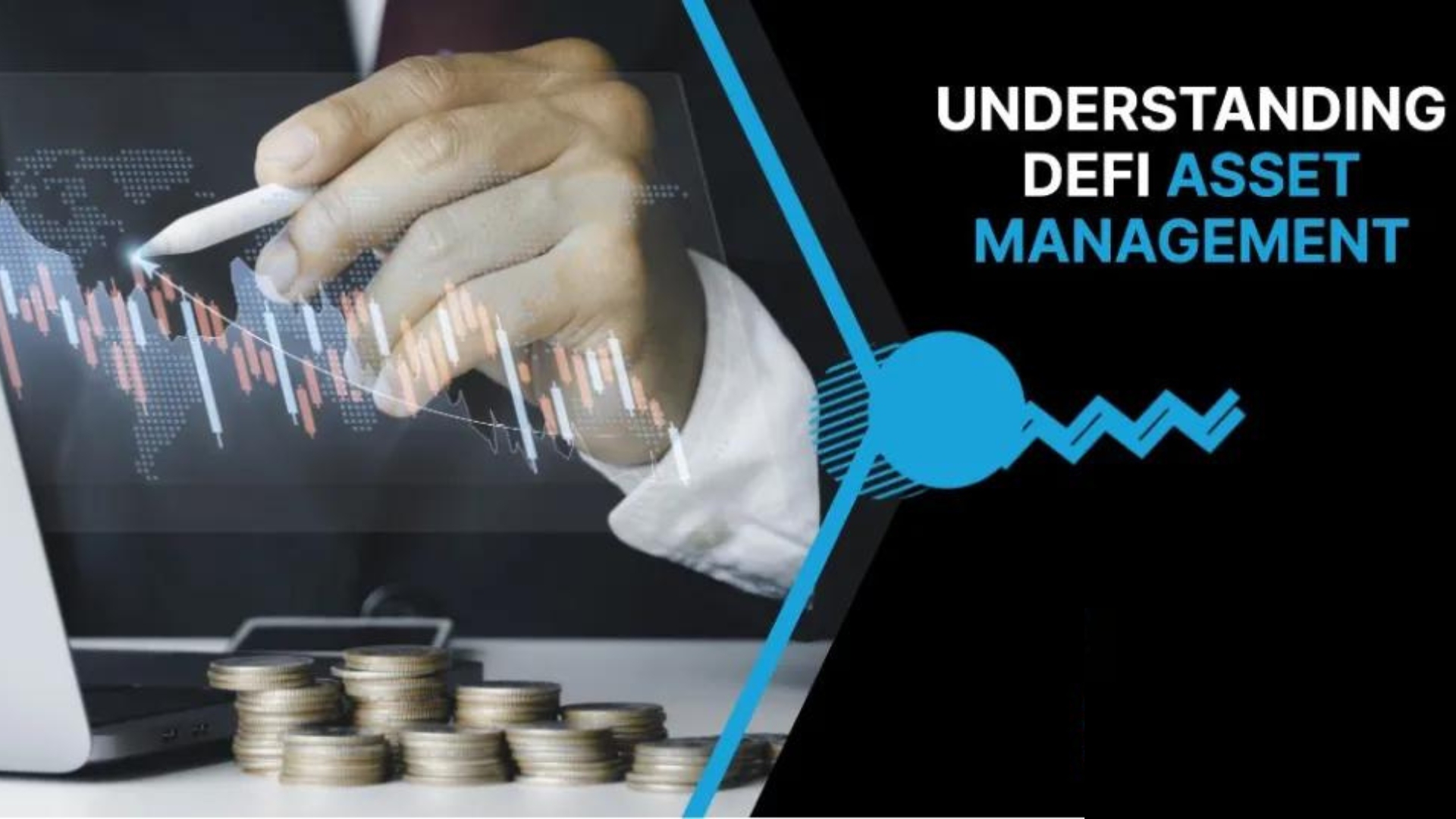
Users can oversee their capital’s deployment, management, and monitoring through a unified interface with DeFi asset management solutions. Lenders and liquidity providers on a DeFi protocol receive cTokens and lpTokens, respectively, reflecting their interest—earning positions when they deposit cash.
The next step is to exchange these tokens for the initial investment or capital. A user’s wallet will be credited with a variable quantity of cDAI equal to 100. DAI for every 100 DAI deposited into the platform. The same holds for liquidity pools: users receive lpETHDAI in their wallets when they deposit 100 DAI and 100 ETH.
Asset management tools make executing more complicated strategies easier and managing multiple positions across different DeFi protocols. One way to increase the yield is to use tokens from different protocols to make them more liquid in another.
Assume for the sake of argument that you have one Ethereum and one. Thousand DAI in a wallet; this will simplify this intricate technique. We represent our lending positions on this protocol. And earn interest by receiving 1000 cDAI and one cETH when you utilize protocol A to deposit the DAI and ETH.
After that, you can utilize protocol B’s liquidity pool to make extra code. CETH from trading fees by depositing cETH and cDAI there. Since you made more tokens from the fees on. Protocol B, when you pay out, you will withdraw, for instance, 1100 cDAI and 1.1 cETH from protocol A. The invested principal plus interest would be redeemed for these tokens later.
The yield is increased by B-complex techniques, which increase the yield due to their composability. What we call “Lego money” results from DeFi protresults fromating on each other’s open-source code and services.
Staying Safe
There has been a flurry of activity in the decentralized finance (DeFi) industry recently, and much as with. Initial coin offers (ICOs), unscrupulous players are trying to milk customers for all they’re worth. Before utilizing a DeFi application, users should check if it has been audited. However, before engaging with a protocol or purchasing its governance token, users should ask themselves several concerns.
In the DeFi industry, triple-digit APYs are common, thanks in part to the opportunities presented by yield farming. Risks must be proportional to benefits; nevertheless, according to a cardinal law of investing, It’s usual to see above-average APYs. But you should investigate further if they seem too good to be true.
To delve further, it would be necessary to investigate the original DeFi protocol development team. A central team develops the smart contracts of protocols before transitioning into DAOs. A good indicator of a trustworthy team is their openness about what they do in the protocol. Anonymous teams often build projects.
Knowing whether the project’s community is genuine is the last piece of the puzzle. Utilizing artificial media about robots to inflate a project means nothing is possible. It beats a genuine community that talks shop about everything from governance suggestions and. Future implementations to user experience and beyond.
Open-source initiatives such as DeFi Score have been established to quantify hazards associated with permissionless lending protocols on DeFi. These can provide users with the necessary information to assess the risks associated with these techniques.


